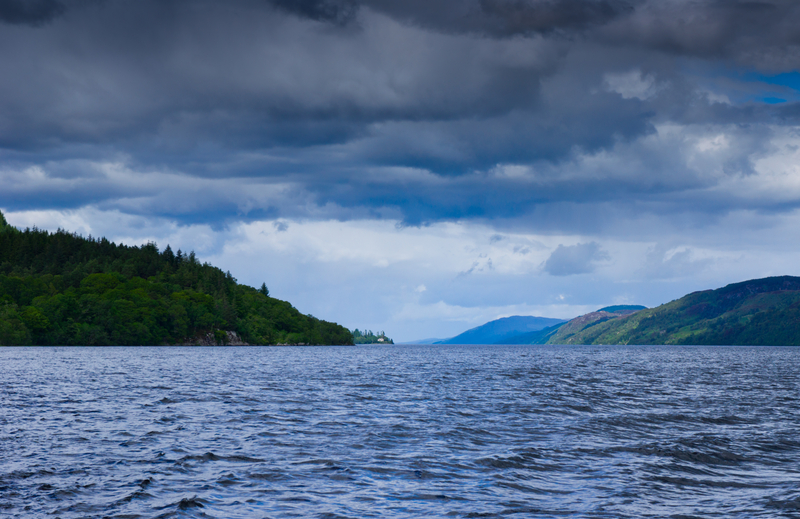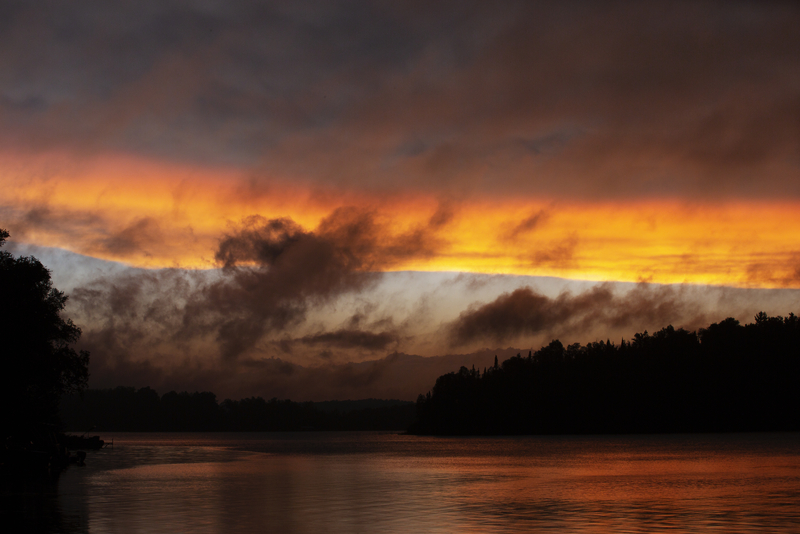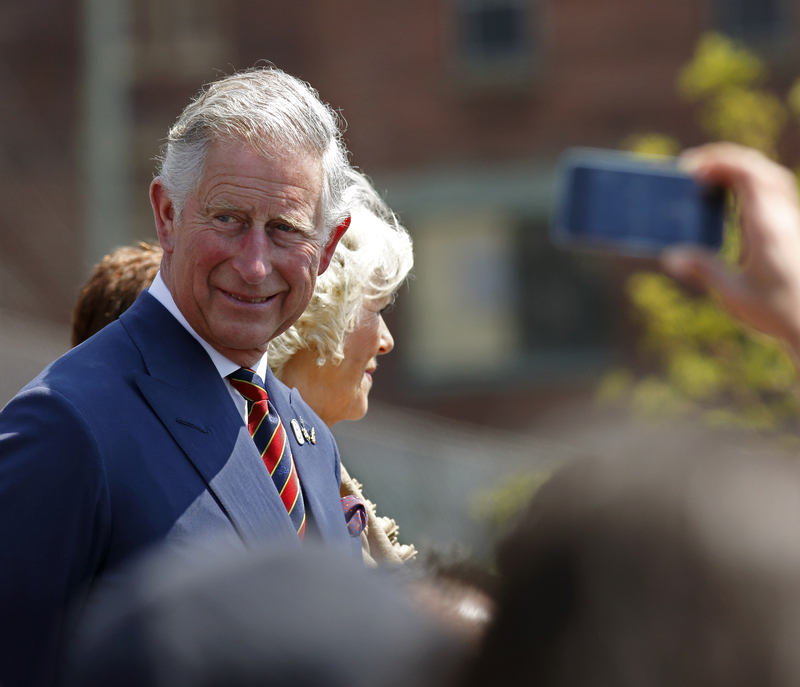Humans love building things. It's a big part of who we are!
But unfortunately, the things that we build can sometimes have a great unintended consequences. Roads can disrupt coastlines or forests. Skyscrapers can block natural migration routes for birds. And, in the case of Wallasea Island in Essex, east England, farming can ruin centuries-old lagoons and salt marshes that were a home to all sorts of wildlife.
Agriculture on Wallasea Island helped the English a lot, especially during the First and Second World War when food was difficult to import. Still, after decades of farming and now climate change, the wildlife ecosystems there were on the edge of ruin.
But as we become more aware of the effects of construction and industry on wildlife, we are also becoming smarter about how we build. Instead of building just anywhere or throwing things away in the first available spot, we are asking: Is there a way to do this without harming wildlife and the planet? Or even better, Is there a way to do it and help the planet?
That was the thinking behind the construction of a new subway/train line connecting London to its outer suburbs. Instead of dumping soil that they dug up during the project just anywhere, they used it to help build an island wildlife sanctuary!
From Elizabeth, with love
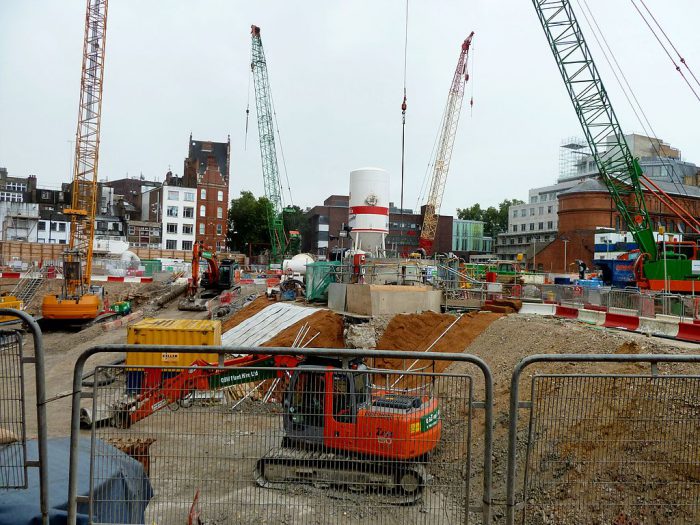 Construction on the Elizabeth line involved years of work and a lot dirt being dug up. (Wikimedia Commons)
Construction on the Elizabeth line involved years of work and a lot dirt being dug up. (Wikimedia Commons)
The London Underground is one of the world's most famous subway lines. And like many transit systems in growing cities, it is always being fixed up or expanded.
A recent expansion was when they built the new Elizabeth line. Opened in May 2022, this runs all across London, connecting the city of Reading in the west to Shenfield in the east. It was a massive project that took over ten years to finish.
Dirt was taken from the construction sites to Wallasea Island to help build a sanctuary for wildlife. (Getty Embed)
One part of the process involved digging miles and miles of new tunnels for the trains to run through. This meant extracting an enormous 7 million tonnes of soil from the ground! What to do with all of this soil? Normally, the people in charge of construction would just look for the easiest, nearest place to dump it all. But instead, they decided to see if there was a place that could really use the dirt they were digging up. And there was!
Wallasea Island.
Welcome to the sanctuary
A sign at the new Wallasea Island Nature Reserve. (Getty Embed)
In the last few decades, Wallasea Island had lost 91 percent of its shoreline and land to rising sea waters and agriculture. So about half of the soil dug up by the Elizabeth line project was transported to Essex, where it was used to rebuild the island. The process brought back features like lagoons and salt marshes, which are important parts of a coastline ecosystem.
Even better, a 1,500 acre wildlife sanctuary—Wallasea Island Nature Reserve—was created there, too. It is now home to all sorts of birds and land animals, like avocets and spoonbills.
So the people of London get an efficient new subway line, and wildlife gets a new home. It's a win-win!
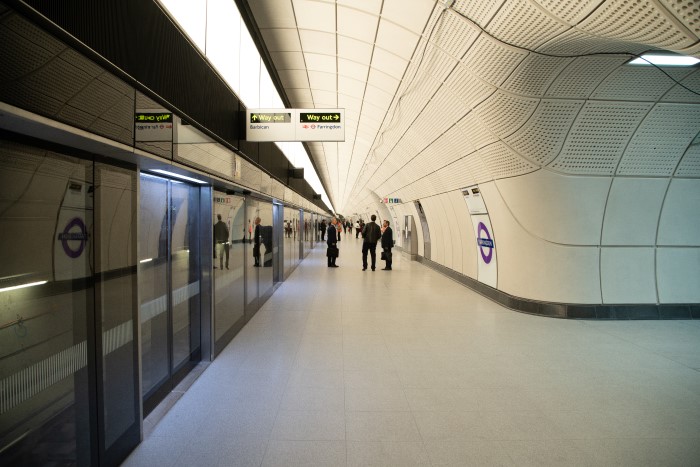 Can the construction of a brand new subway line help nature? Yes, it can! (Wikimedia Commons)
Can the construction of a brand new subway line help nature? Yes, it can! (Wikimedia Commons)



